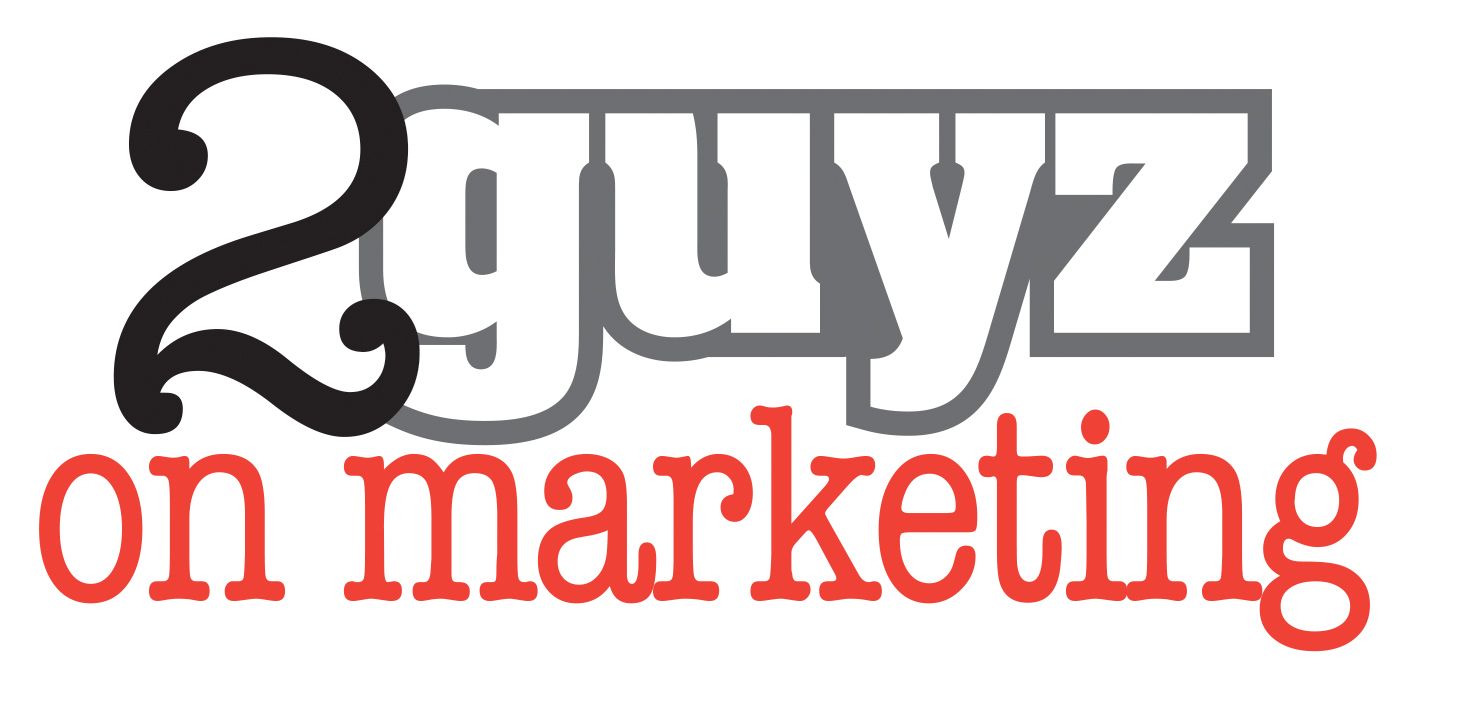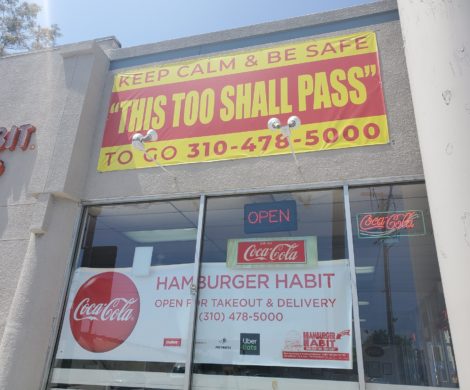Revisiting Presentation (From the 9 P’s of Marketing)

Presentation is one of the important nine P’s of Marketing, and while it may contain branding issues and Promotion, it’s much more than an afterthought. It’s a separate and distinct “P”.
Here’s where the rubber hit the road in marketing. “Presentation” is the act of presenting, displaying and strategically putting forward any of the different 9P’s© and/or its components to your potential customers (or “People,” including suppliers, wholesalers, retailers, sales force, marketing intermediaries, clients, employees, partners, and/or others).
Look at your products and the marketplace. Review your competition. Develop and refine your assets and your strategic marketing objectives, strategies and tactics in the marketplace.
Can your customers, clients or users tell the difference between your product or service and your competition? Do the potential customers know “how it is different” or are they even aware of your product or service? Will they pay a premium? Stand in line? Would they go out of their way to acquire your product or service?
Why is your product or service better? How is it different? That’s where “presentation” comes in.
Let’s look more closely at “Presentation,” one of the nine elements or components, along with Planning, People, Product, Price, Place, Promotion, Partners, and Passion:
Presentation is linked to “Planning,” plus reviewing and using the other nine P’s. As a marketing professional look at “real” product and service experiences, enabling consumers to feel the brand. As part of “presentation,” we also think of “events and experiences,” (which are also a part of Promotion).
Traditional marketing is based on target audience impressions/ views/ clicks/ exposure, while experimental marketing involves engagment with consumers.
Presentation is closely aligned with “experiential” marketing, or event marketing.
An example of using “Presentation” to your advantage:
- Some products from Apple are “perceived” to have a better user experience, better designed, a better presentation, which are also talked about by both users and non-users. “people” will stand in line to acquire Apple products. Fast Company reported in July/August 2014 that it’s the engineering culture of the company and the way the whole organization was structured to help support product design. Everyone in the organization is striving and thinking about better designed products for the marketplace…making a better “presentation” of products and services to users and potential users.
Partnering with charities and their efforts may bring in promotional marketing influencers who may be interested in helping communicate your charitable causes and events.
Presentation can be bad, too. In February 2017, bad “presentation” had significant branding and promotional implications with “the official accountant for the Academy Awards,” PriceWaterhouseCoopers (PwC), at the ‘17 Academy Awards live from Hollywood.
A huge accounting mistake, turned into a brand nightmare, by PwC. Management did not get the correct envelopes to the star presenters, Faye Dunaway and Warren Beatty. The accountancy firm has overseen the counting/votes for the Oscars ballots, 83 years. Called the most “spectacular blunder,” in the history of the Oscar ceremony, when the award for best film was mistakenly presented to “La La Land,” instead of the actual winner, “Moonlight.”
Not using “Donuts” in their name? Dunkin’ Brands tested using just the name Dunkin’ at some units in California. The chain’s promotion has used the one-word name for more than ten years. They are emphasizing the brand’s coffee and beverages.
But some companies get presentation in a deep way. Disney does not have employees at their Disneyland and Disneyworld theme parks, but rather, “cast members”. They are always “on”, and presentation is everything. Disney is concerned with cast members’ hair, makeup, costumes, body language, and ultimately “performance”.
As a brand manager you want to encourage and enable potential consumers and “allow” them to feel and experience your brand, rather than a competitor’s brand and that is where product, promotion, place and presentation are linked.
*Created by Larry Steven Londre. Copyright 2007.





